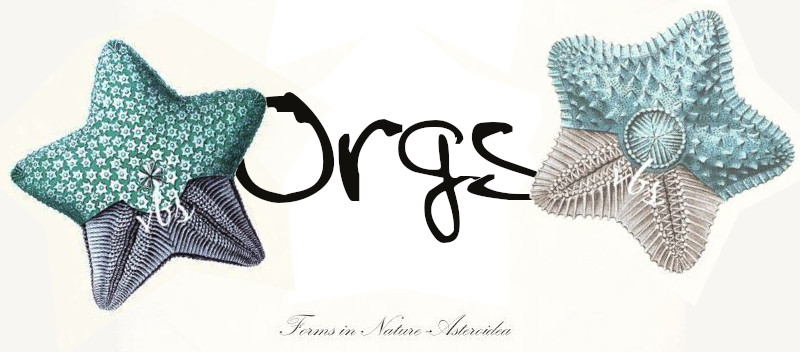I find really interesting this part about block from “seed for change”,
but also a lot a lot this article:
Busting the Myth that Consensus-with-Unanimity Is Good for Communities

Tips & tricks for (A)organizations
Collecting good practices for organizations of peers
I find really interesting this part about block from “seed for change”,
but also a lot a lot this article:
Busting the Myth that Consensus-with-Unanimity Is Good for Communities
I think that sometime this is a really important list to have on the desktop 🙂
It’s really important ask help in the right moment!
In English:
https://treegroup.info/
https://www.organisingforchange.org/our-training
http://rhizome.coop/what-we-do/
https://aspirationtech.org/events/services/custom
https://www.seedsforchange.org.uk/offer
The cooperative Seed for Change settled in England started to use and promote the decisional consens method and mediation in the far 2000. This is them history.
Really well done their manual and guide about apply the consensu method as decisional tool for group with diversity:
https://www.seedsforchange.org.uk/consensus
Thi image is really usefull because because is explaining the 3 positions of the consensus method during the Orientiring (moment in which the participans expose their agreement, disagreement, consensus and dissensus on a decision):
In their resources:
https://www.seedsforchange.org.uk/consflow
A workflow to explain better the procedure before to try to arrive to consensus that means agreement in disagreement:
Starting from almost the worst, from a dehumanized, mammoth organization, made up of officials, taking into account that it is a technical agreement between hostile parties in the world.
The united nations, define this, as Consensus regarding indigenous peoples.
https://www.ohchr.org/Documents/Issues/IPeoples/FreePriorandInformedConsent.pdf
Considering that the declaration comes after 400 years of slavery and exploitation, they define what consent means at a minimum:
Asking permission from native/indigenous peoples, with the stipulations that it be:
* given FREELY, not coerced, blackmailed or altered.
* PRIOR, first I ask you to do things, then I do them.
* INFORMED, you are entitled to all the information you need to understand the application and evaluate it.
:::::
This got me thinking about a better articulated definition of consensus that came from below, the FRIE consensus.
Free, freely given
Revocable, revocable
Informed, informed
Entusiastic, enthusiastic
Found in the American fanzine: Meeting for Group Health. Paper only, sorry.
:::::
Tied to technologies the reflection of the Brazilian feminists of Codingrights:
https://codingrights.org/docs/ConsentToOurDataBodies.pdf
on Pages 24 and 25, offer a definition of consent that they claim is taken into account, and not replaced, by buttons: AGREE.
1) active
2) withdrawable
3) clear
4) informed
5) specific and non-transferable
:::::
Another resource I came across to talk about consent, this video:
Consent Explained with Tea
ecco da dove è iniziato: https://web.archive.org/web/20150313233048/http://www.rockstardinosaurpirateprincess.com/2015/03/02/consent-not-actually-that-complicated/
I find this page by Marinella Sclavi very interesting to share:
The seven rules of the art of listening
by Marianella Sclavi
1
Don’t be in a hurry to come to conclusions.
Conclusions are the most ephemeral part of research.
2
What you see depends on the perspective you are in.
To be able to see your perspective, you have to change your perspective.
3
If you want to understand what someone else is saying, you must assume they are right and ask them to help you understand how and why.
4
Emotions are vital cognitive tools if you can understand their language. They don’t inform you about what you see, but how you look.
Their code is relational and analogical.
5
A good listener is an explorer of possible worlds.
The most important signals for him are those that present themselves to consciousness as both negligible and annoying, marginal and irritating because they are incongruent with his own certainties.
6
A good listener welcomes the paradoxes of thought and communication.
He faces disagreements as opportunities to practice in a field he is passionate about: creative conflict management.
7
To become proficient in the art of listening, you must adopt a humorous methodology.
But when you’ve learned to listen, the humor comes with it.
Here’s the library they provide: https://www.ascoltoattivo.net/bibliografia/#biblioteca